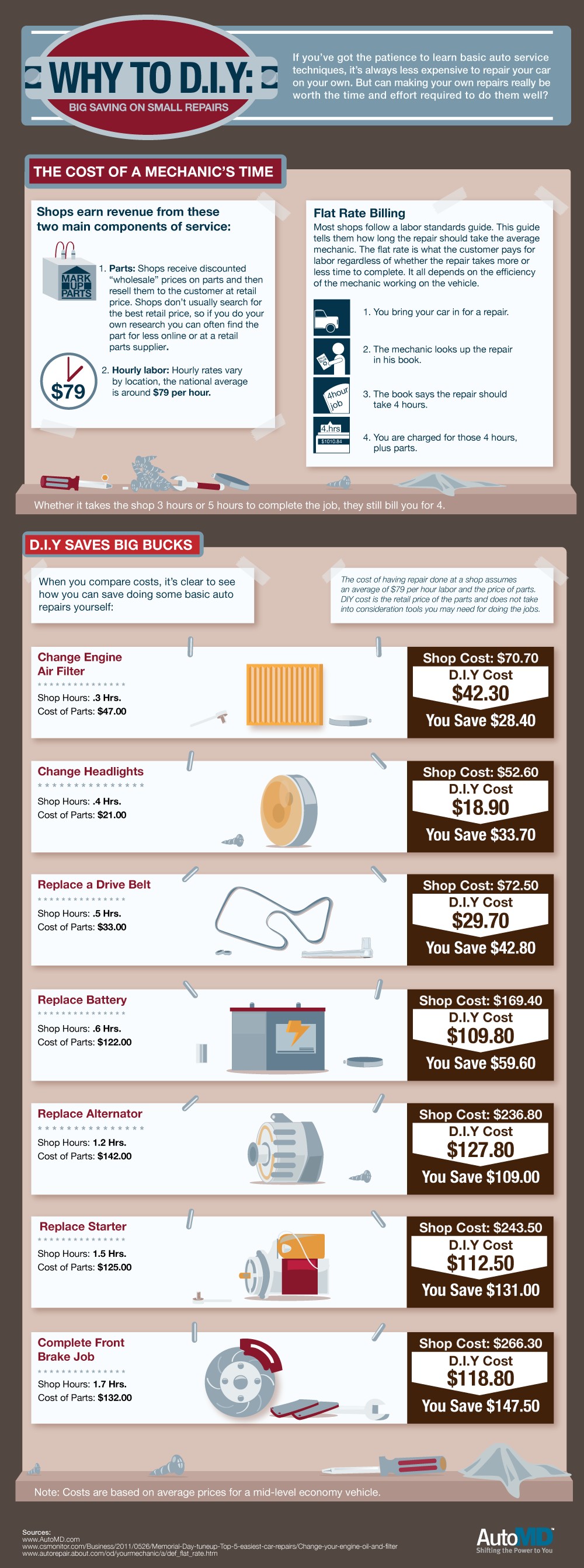Understanding The Significance Behind Your Automobile'S Warning Lighting: An In-Depth Appearance
Understanding The Significance Behind Your Automobile'S Warning Lighting: An In-Depth Appearance
Blog Article
Web Content Composed By-Hartley Kejser
When you lag the wheel, those beautiful caution lights on your dashboard can be a little bit difficult. Do you know what they're attempting to tell you regarding your auto's wellness? Recognizing the relevance of these lights is important for your security and the longevity of your automobile. So, ocd detailing among those lights turns up, wouldn't you wish to decipher its message precisely and take the necessary steps to resolve it?
Common Warning Lights and Interpretations
Recognize common warning lights in your car and comprehend their meanings to guarantee safe driving.
The most typical warning lights include the check engine light, which signals problems with the engine or exhausts system. If this light begins, it's vital to have your automobile inspected without delay.
The oil stress warning light suggests reduced oil pressure, calling for prompt interest to prevent engine damages.
A flashing battery light could recommend a malfunctioning charging system, potentially leaving you stranded otherwise resolved.
The tire stress surveillance system (TPMS) light alerts you to reduced tire pressure, influencing car security and fuel effectiveness. Ignoring this can cause hazardous driving problems.
The abdominal muscle light indicates a trouble with the anti-lock braking system, compromising your capacity to quit quickly in emergencies.
Finally, the coolant temperature warning light warns of engine getting too hot, which can result in extreme damages otherwise settled promptly.
Recognizing these usual warning lights will certainly assist you resolve problems immediately and preserve secure driving problems.
Importance of Prompt Focus
Recognizing the typical warning lights in your vehicle is only the first step; the significance of quickly addressing these cautions can't be highlighted enough to guarantee your safety on the road.
When a warning light brightens on your dashboard, it's your vehicle's method of connecting a possible problem that requires attention. Ignoring these cautions can lead to more extreme troubles in the future, jeopardizing your safety and security and possibly costing you more in repairs.
Trigger attention to alerting lights can protect against breakdowns and accidents. For car cut and polish , a flashing check engine light could indicate a misfire that, if left unattended, can cause damages to the catalytic converter. Addressing this without delay can conserve you from an expensive repair.
Similarly, a brake system warning light may indicate low brake fluid or used brake pads, crucial elements for your security when driving.
Do It Yourself Troubleshooting Tips
If you notice a warning light on your dashboard, there are a few DIY fixing ideas you can attempt before looking for specialist aid.
The initial step is to consult your car's guidebook to understand what the certain warning light suggests. In some cases the concern can be as easy as a loosened gas cap setting off the check engine light. Tightening the gas cap might solve the problem.
https://daltonmidxr.tusblogos.com/31236999/a-thorough-resource-outlining-the-crucial-tools-called-for-in-every-auto-service-center-disclosing-the-crucial-elements-for-reliable-lorry-upkeep is a low battery, which can set off different alerting lights. Examining the battery connections for rust and guaranteeing they're safe could take care of the issue.
If a warning light lingers, you can attempt resetting it by disconnecting the automobile's battery for a couple of minutes and after that reconnecting it. Furthermore, inspecting your lorry's fluid degrees, such as oil, coolant, and brake liquid, can assist troubleshoot alerting lights related to these systems.
Final thought
In conclusion, understanding your car's caution lights is important for keeping your vehicle running efficiently and securely. By promptly resolving these notifies and understanding what they suggest, you can avoid expensive repair work and potential breakdowns.
Bear in mind to consult your automobile's handbook for particular information on each cautioning light and take action accordingly to guarantee a hassle-free driving experience.
Keep educated, remain risk-free when driving!
